I FOLDED THE PILE of pea pods into the front of my Minnesota-themed tee, the one with two grain bin graphics. It seemed appropriate for the vegetable gathered from the Friends of Buckham Memorial Library Organic Learning Garden. Harvest of grain. Harvest of vegetables.
I hadn’t expected to pick peas when Randy and I stopped at our local library Saturday afternoon en route to the grocery store for meat to grill. But when we pulled into the parking lot, I decided to check out the garden while Randy looked for videos.
To my surprise, I found pea plants heavy with plump pea pods. I felt giddy. Garden fresh peas have always been a favorite. But it’s been a long time since I’ve had them.
I hold fond memories of picking and shelling peas from my childhood garden. I loved running my thumb down the seam of the pod, opening the shell to reveal a row of tiny green orbs. So perfect. And then I slid my thumb down that tidy row, peas dropping one by one into a metal pan. Plunk, plunk, plunk, plunk, plunk. There’s a certain satisfaction in the rhythmic process of shelling peas.
Once home, as I shelled those peas carried in my t-shirt to the van, I thought of all those summers back on the farm. I never realized then how lucky I was to eat mostly food grown or raised on our acreage. It was simply what everyone did in rural Minnesota. Planted a garden. Raised beef cattle, pigs and/or chickens.
That evening as we sat down to a grilled pork chop supper (not dinner) with sides of potatoes and peas, I dipped my spoon into those fresh peas covered with butter. I tasted the sun and sky and earth. But mostly, I tasted memories. Garden memories.
© Copyright 2023 Audrey Kletscher Helbling
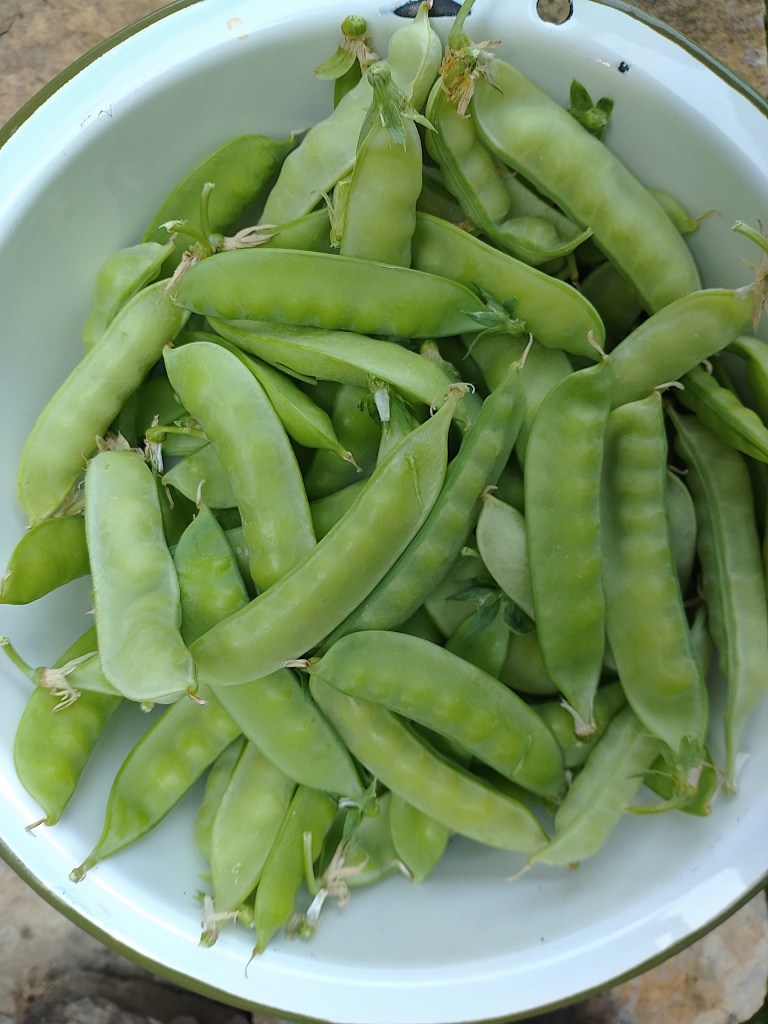
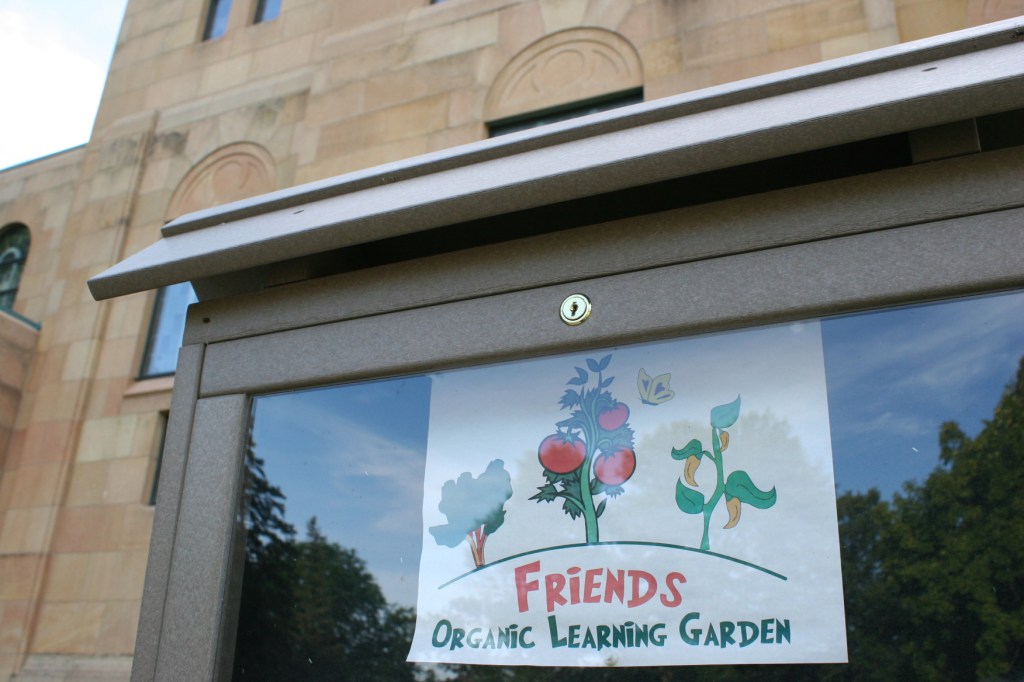
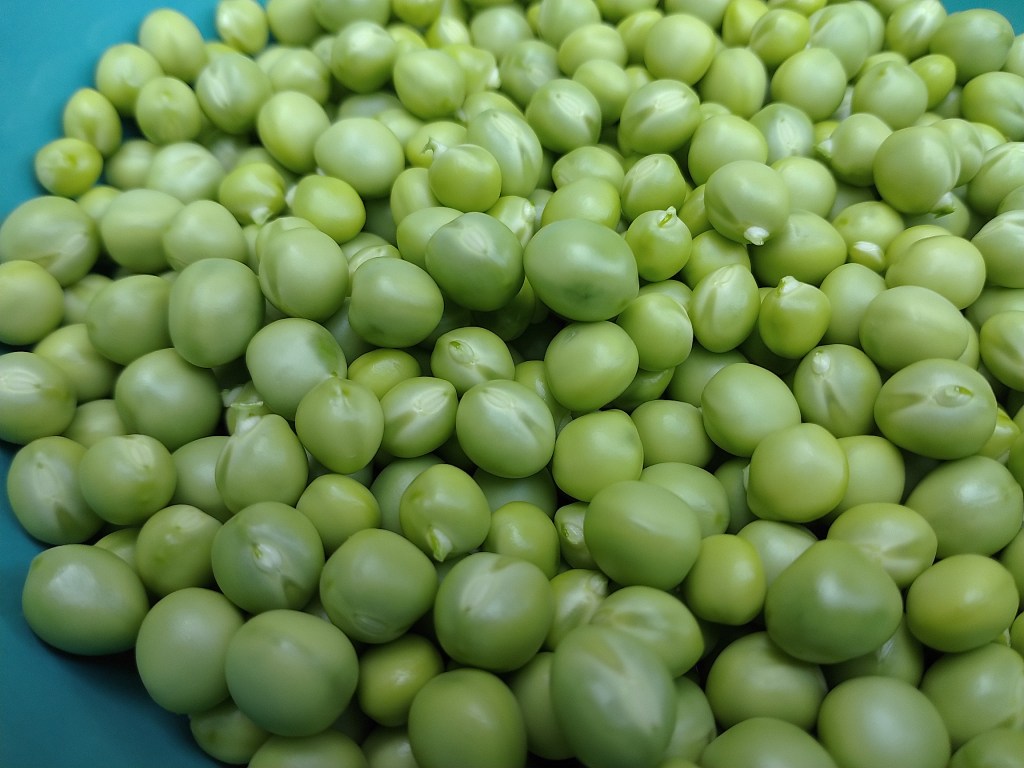
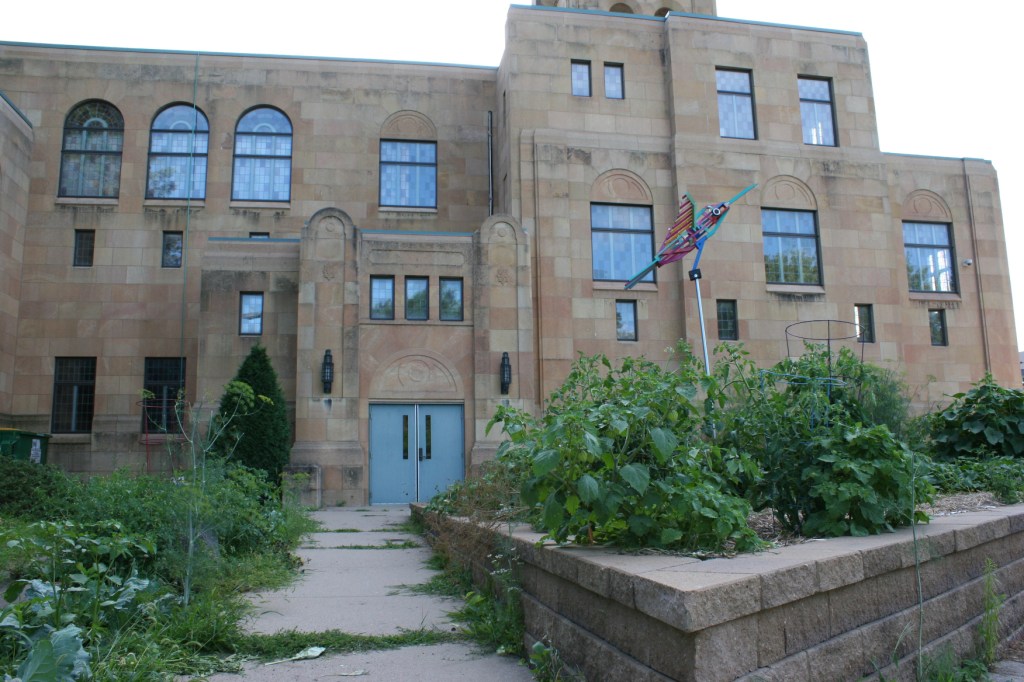

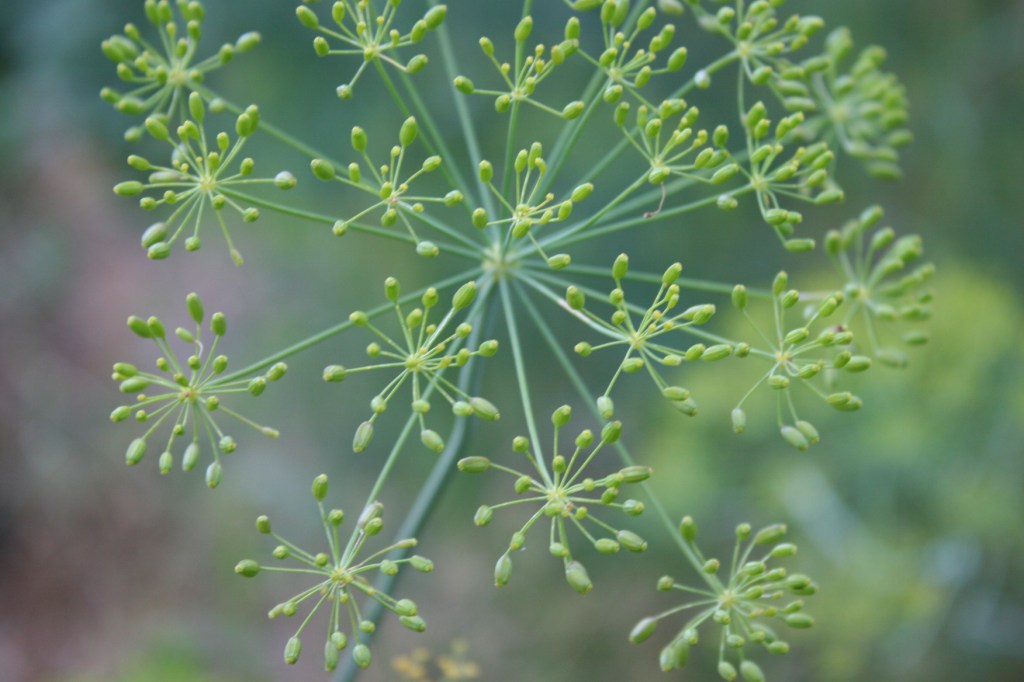
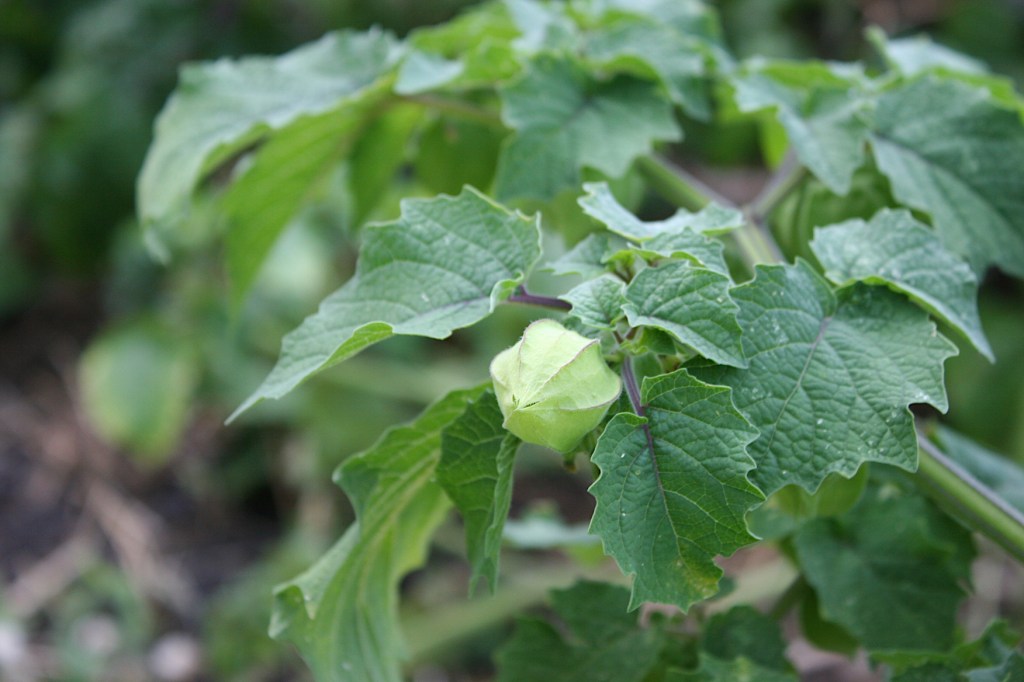
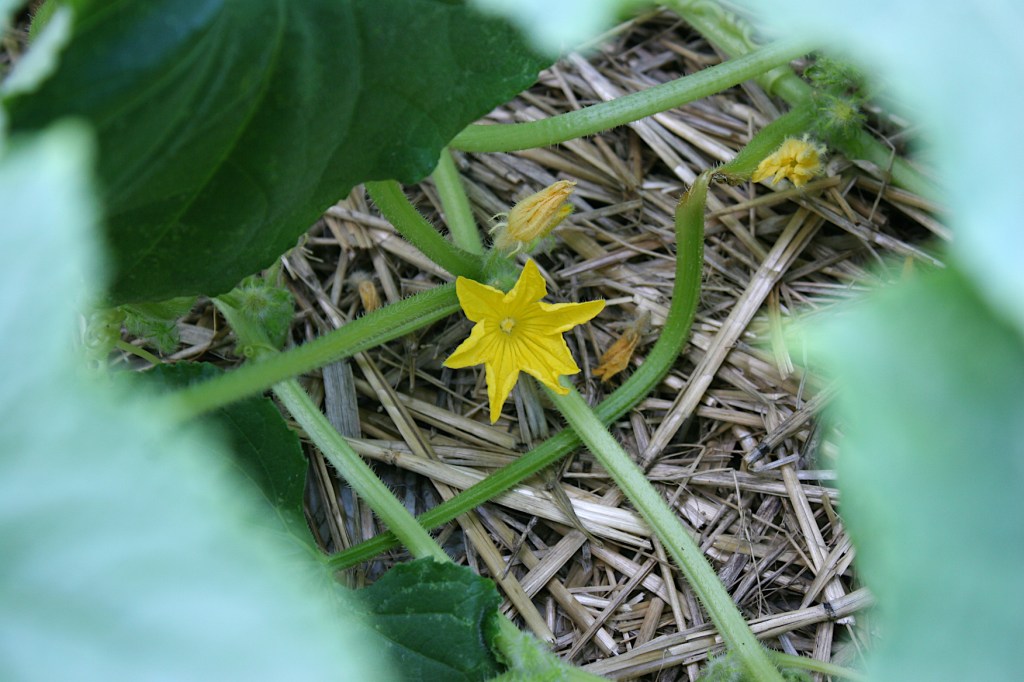
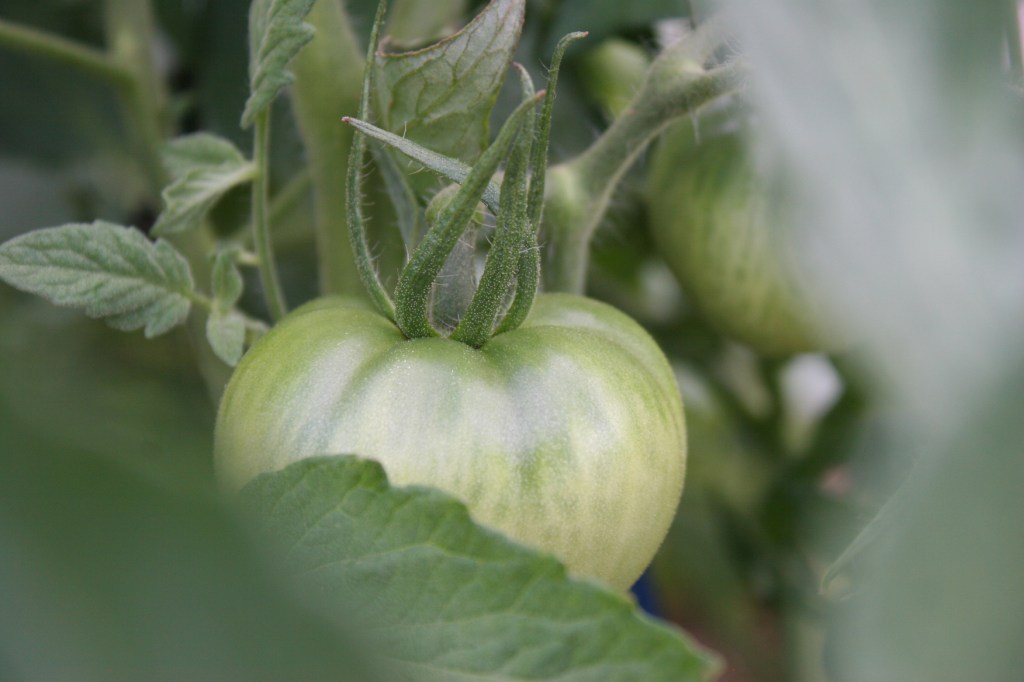
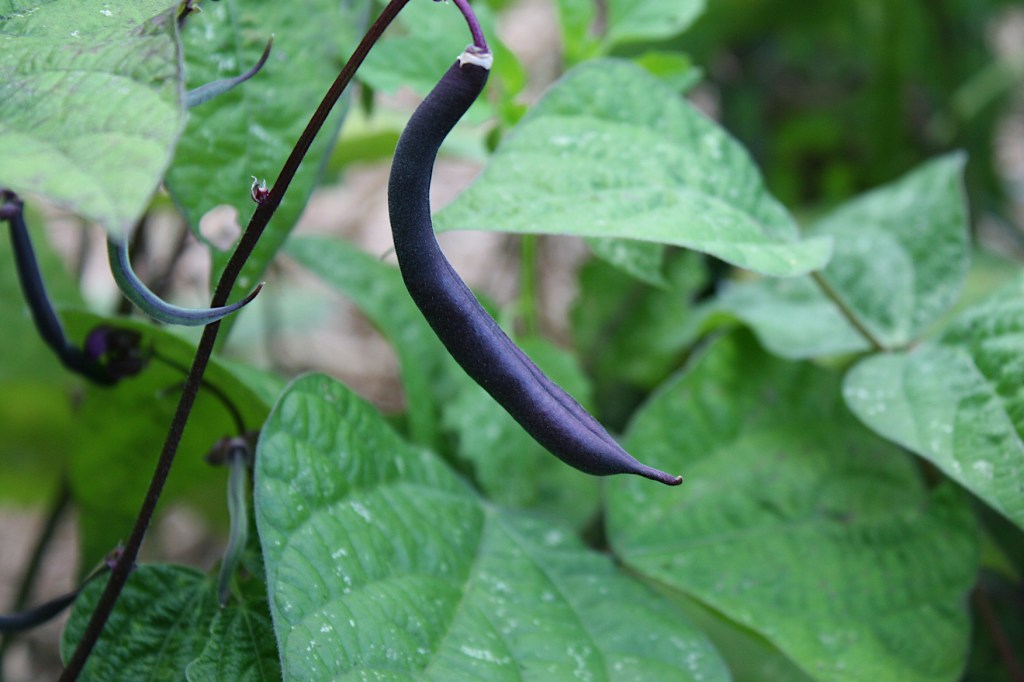
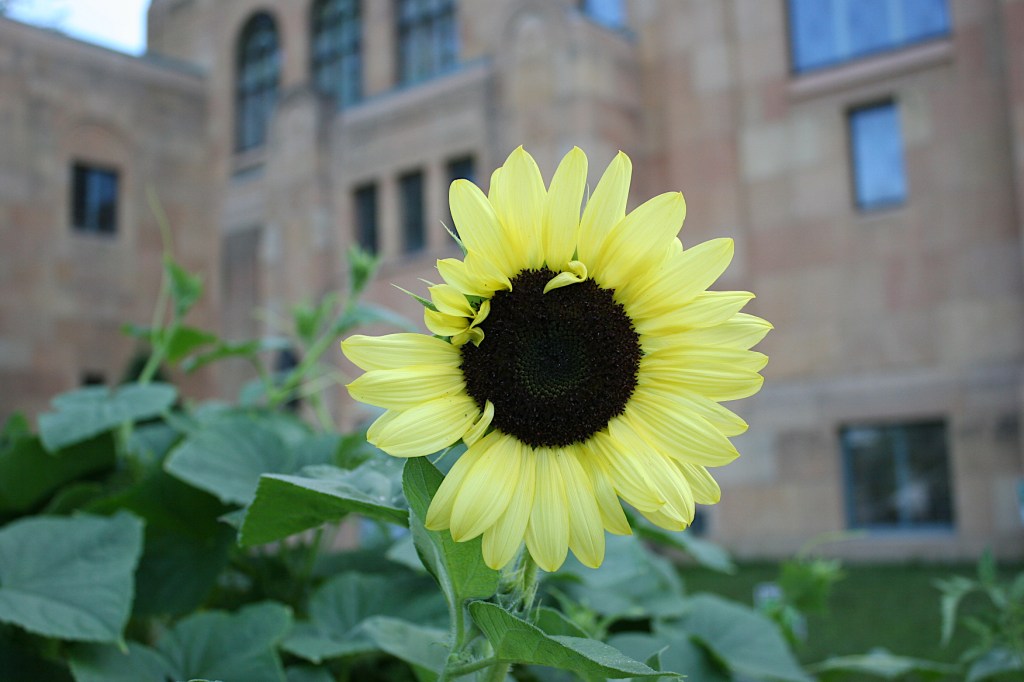
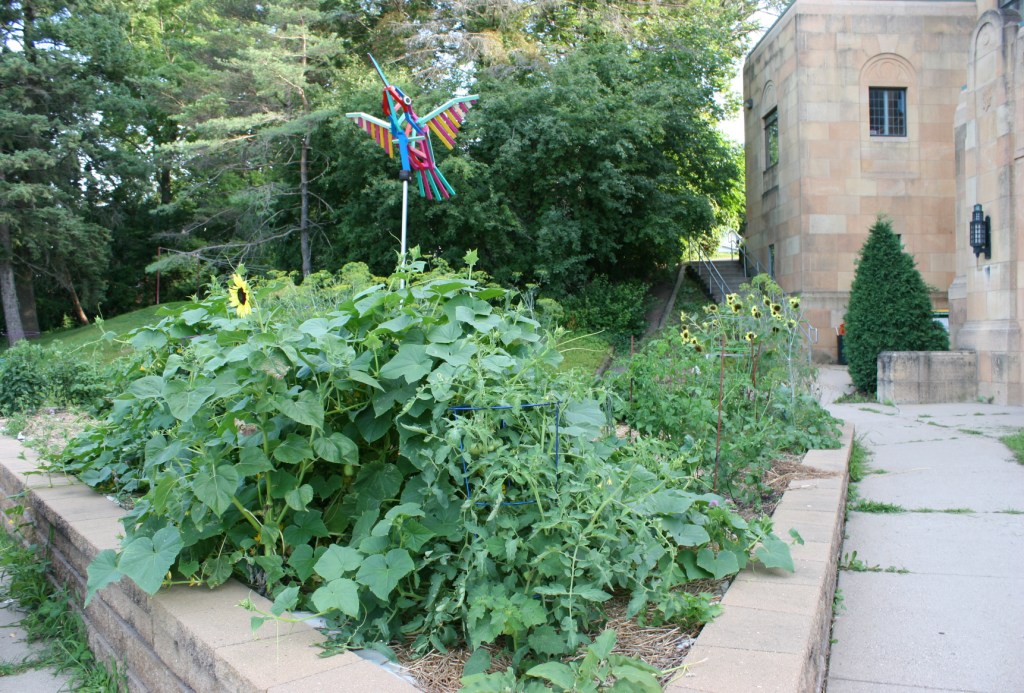
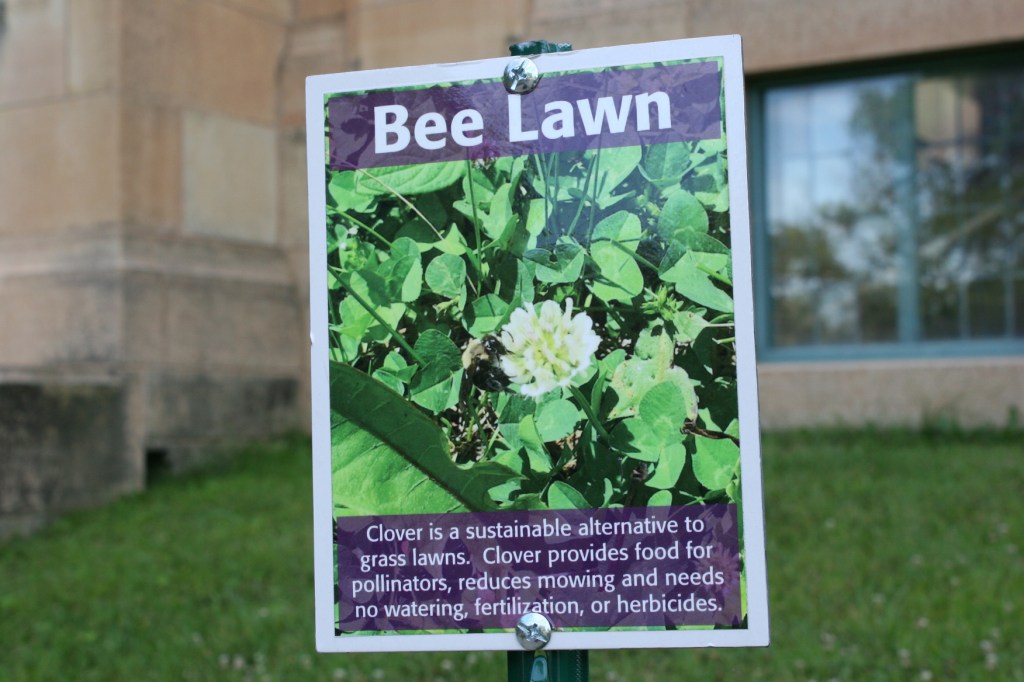
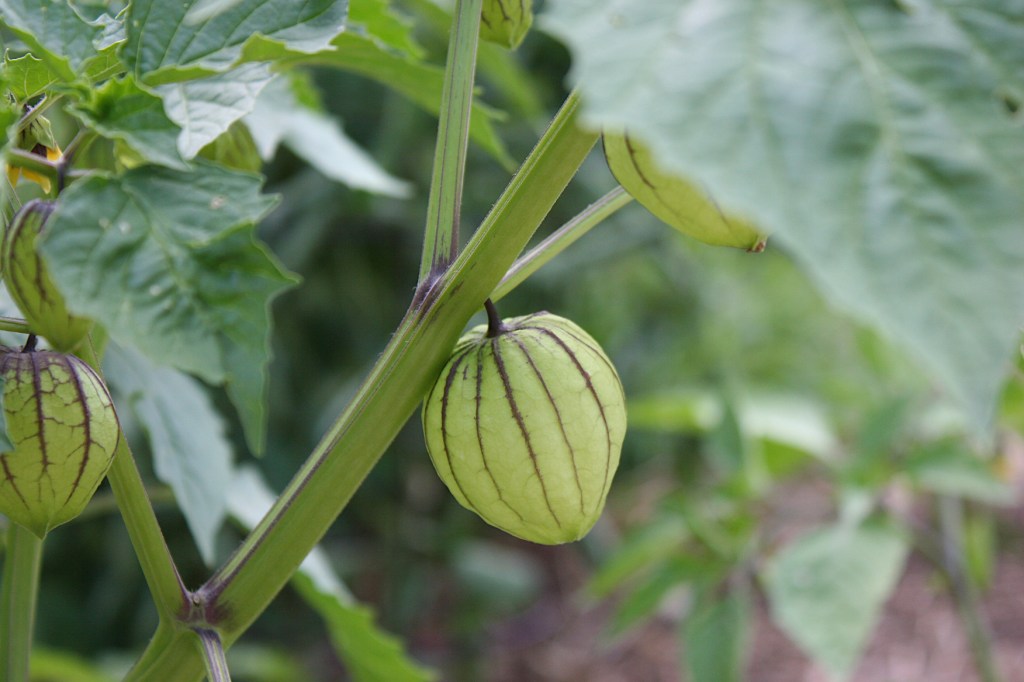
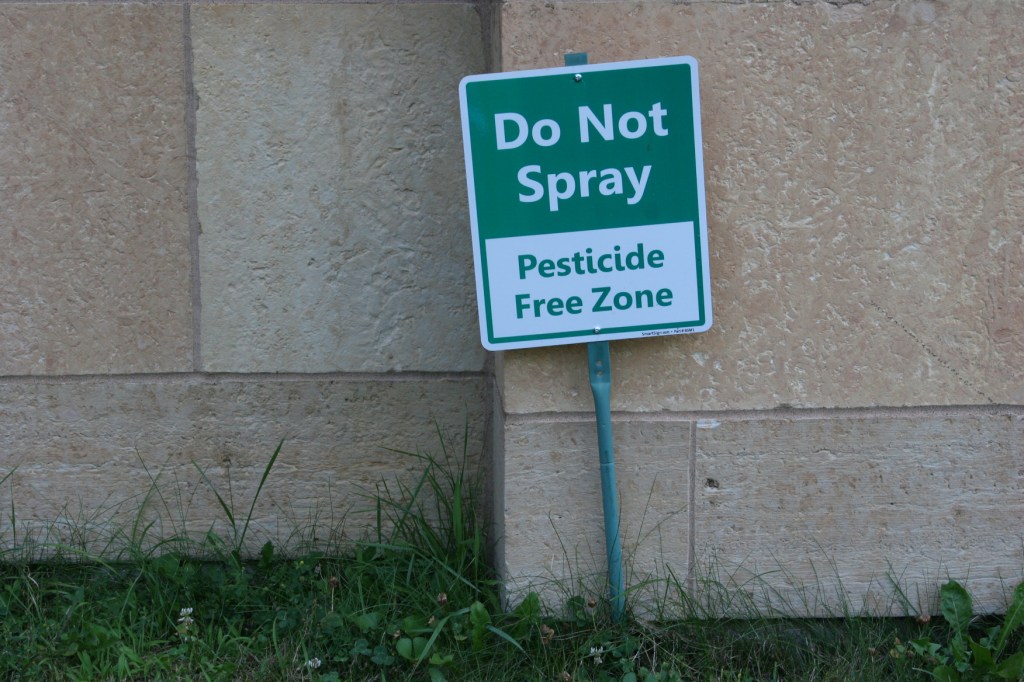
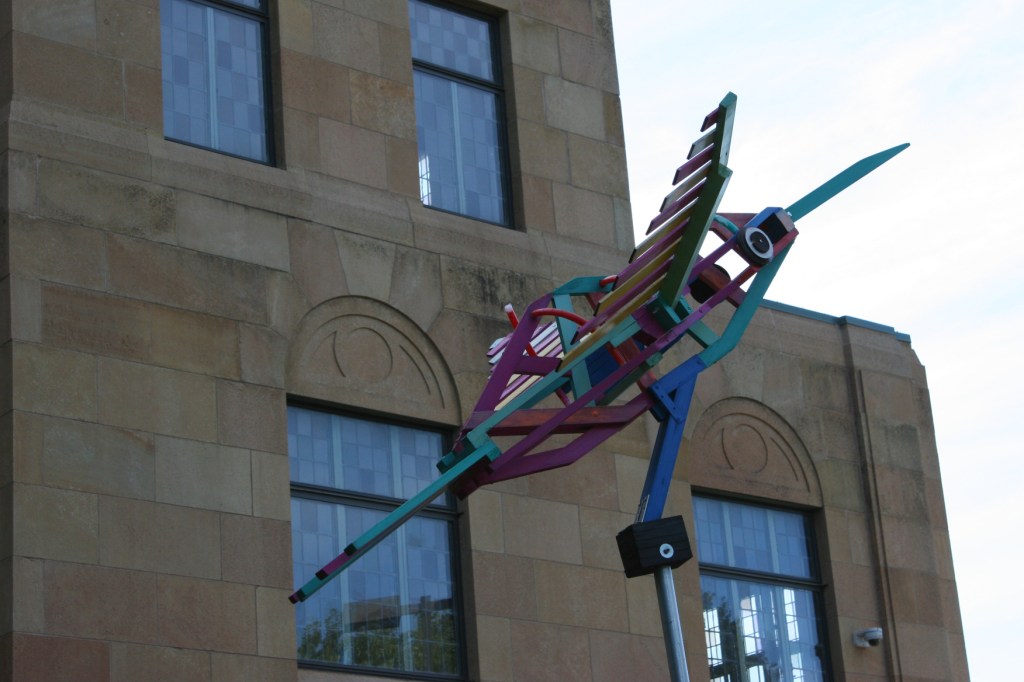
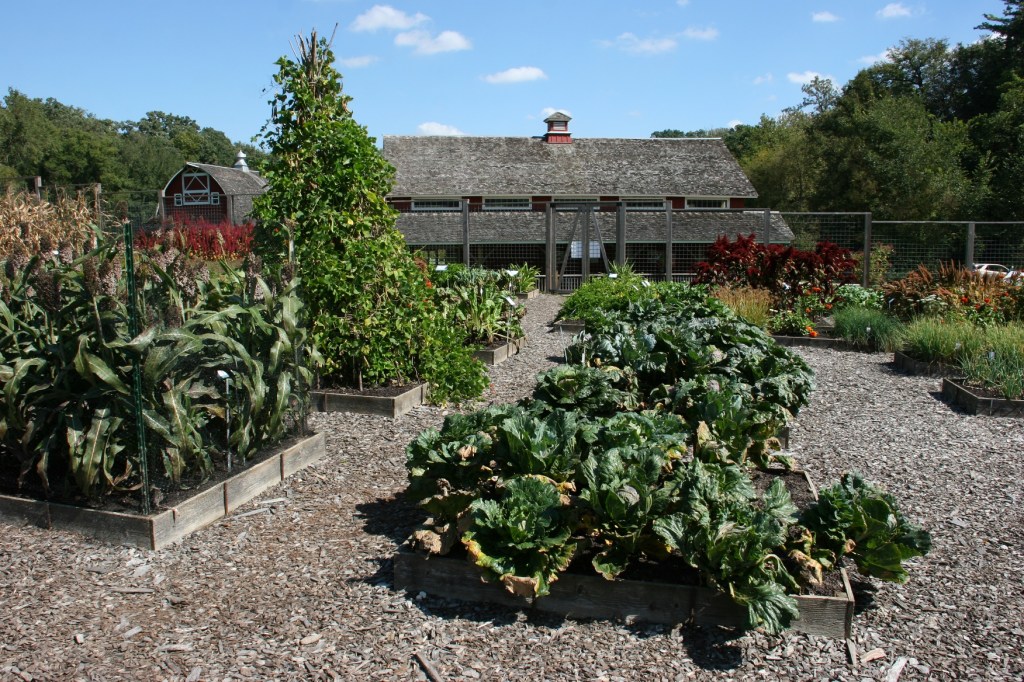
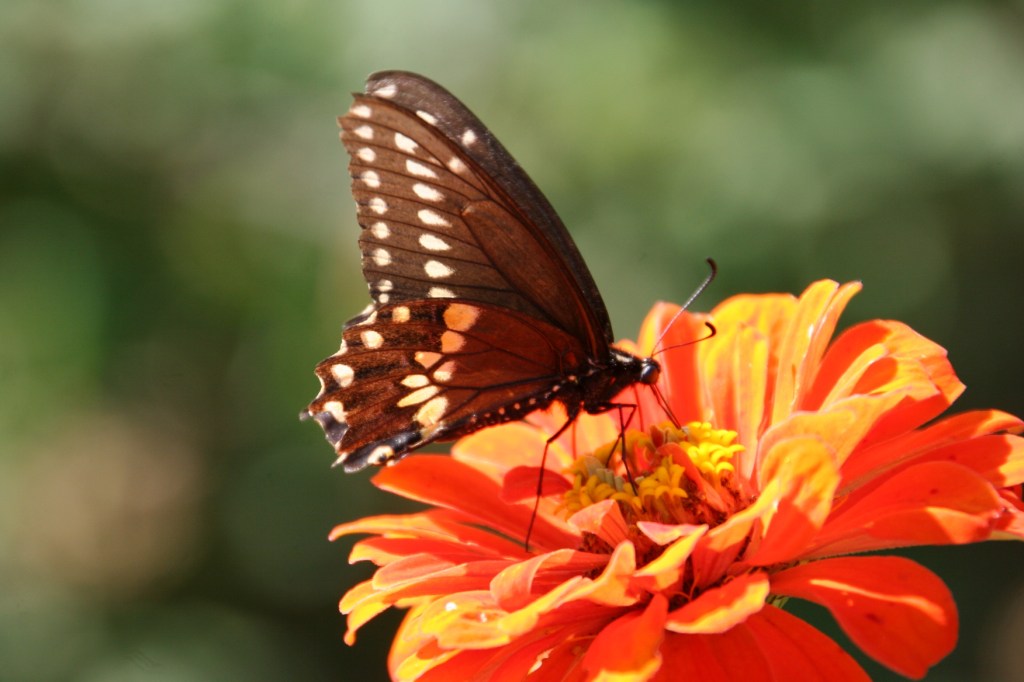
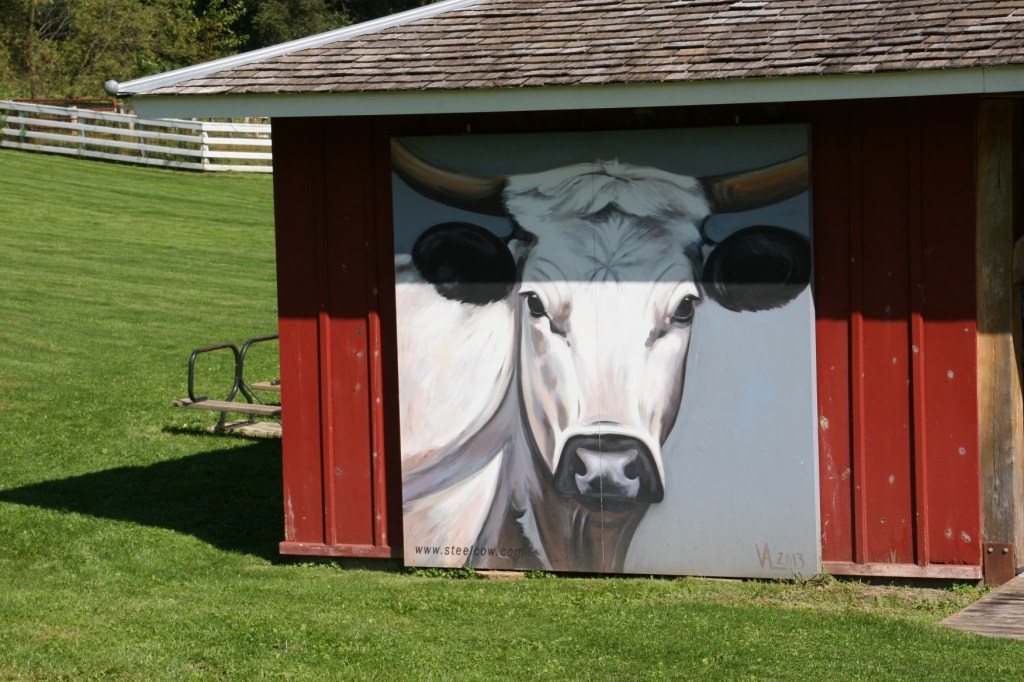

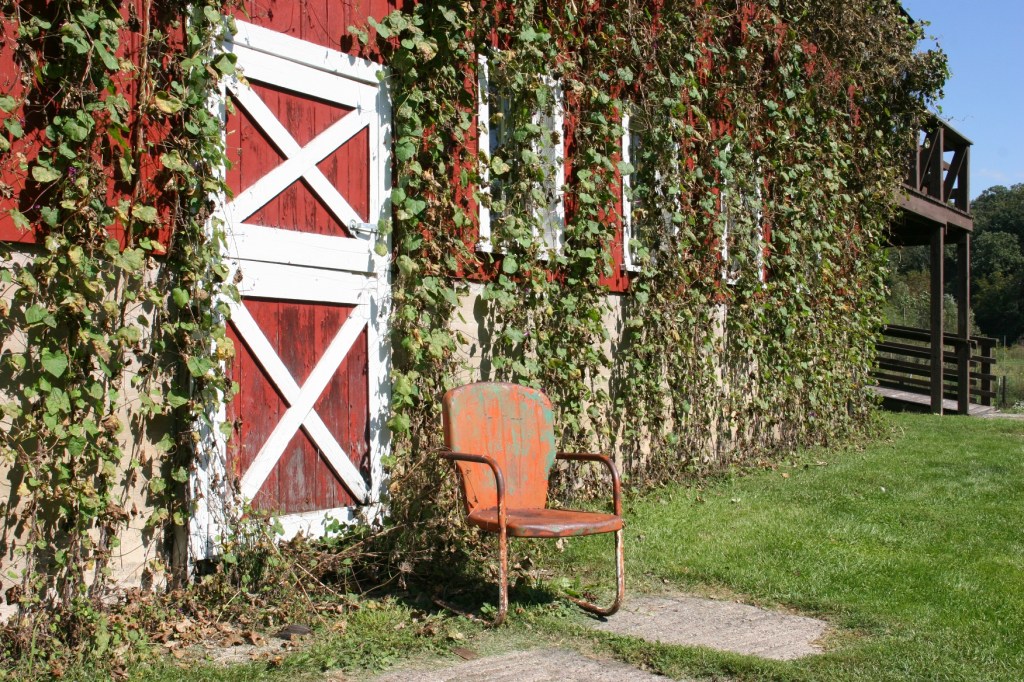
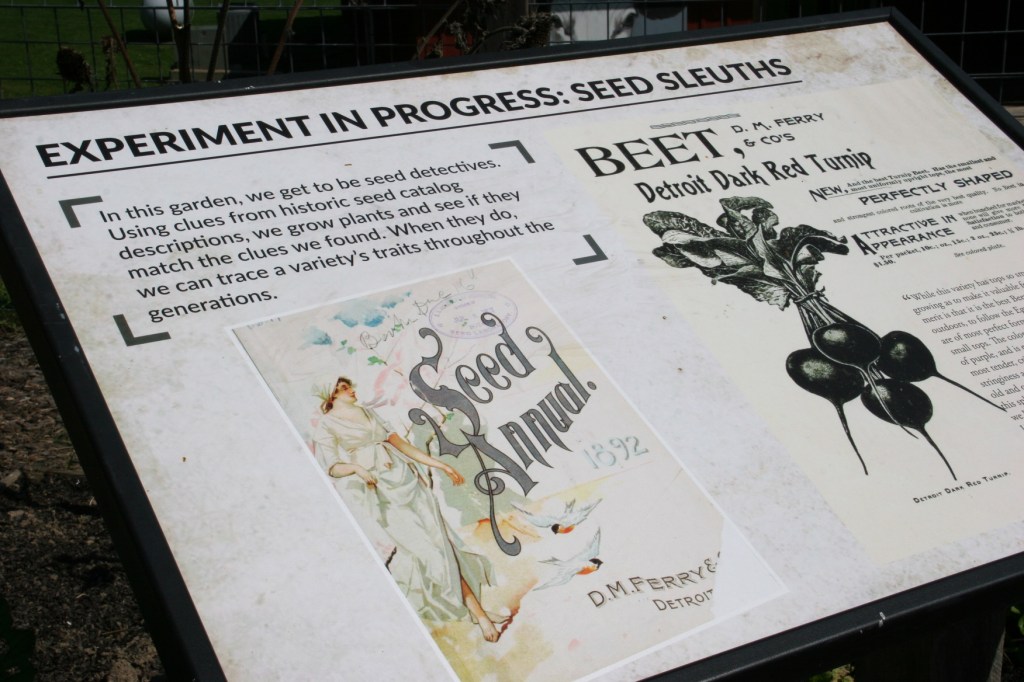
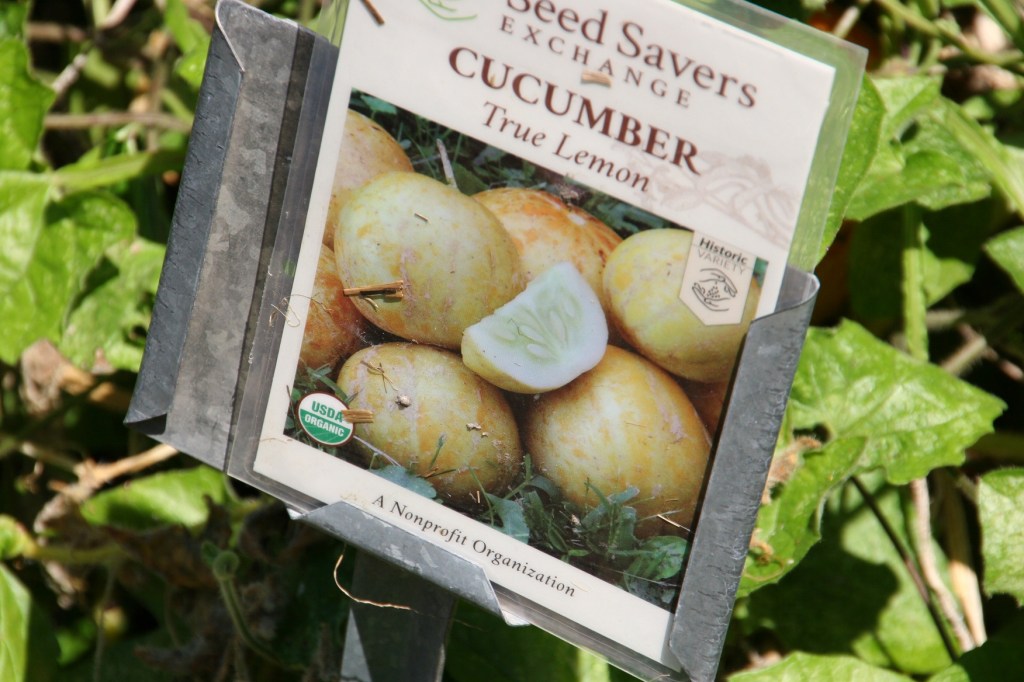
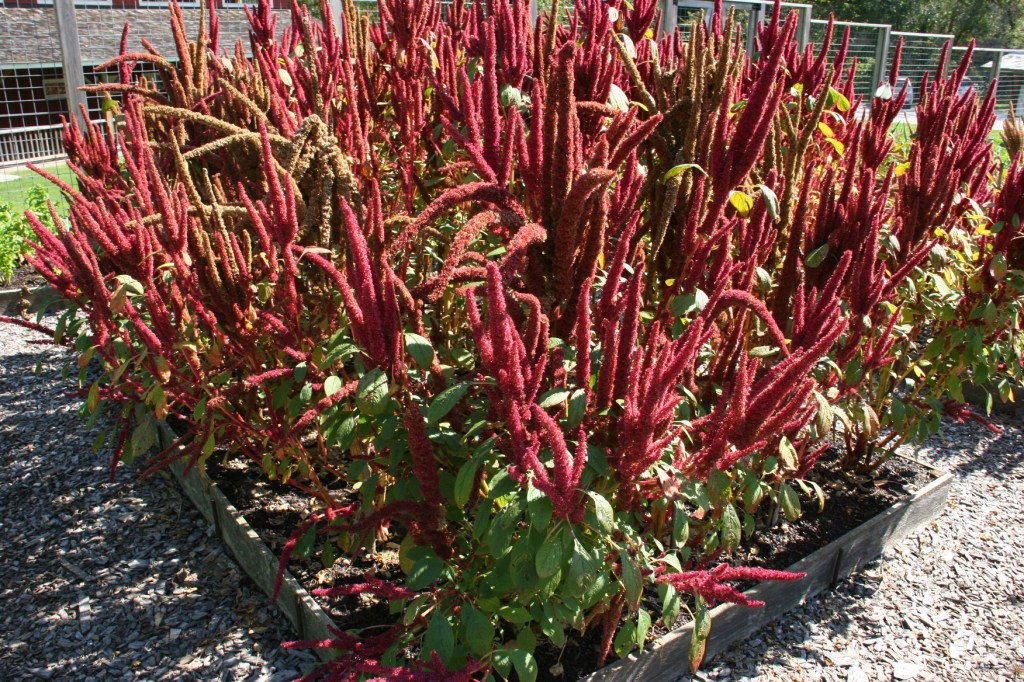
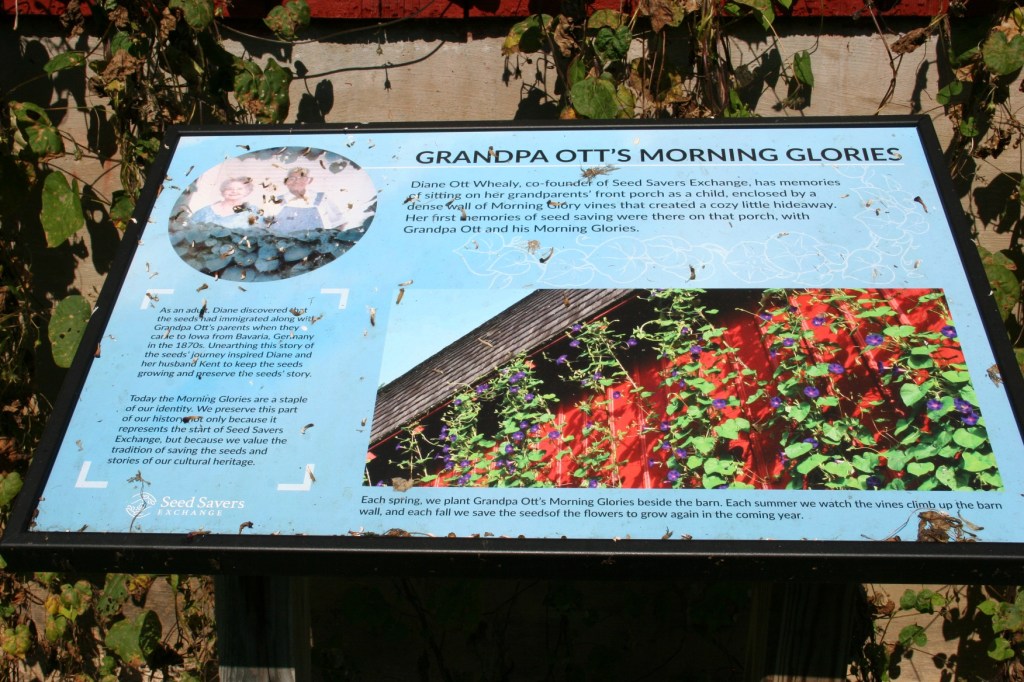
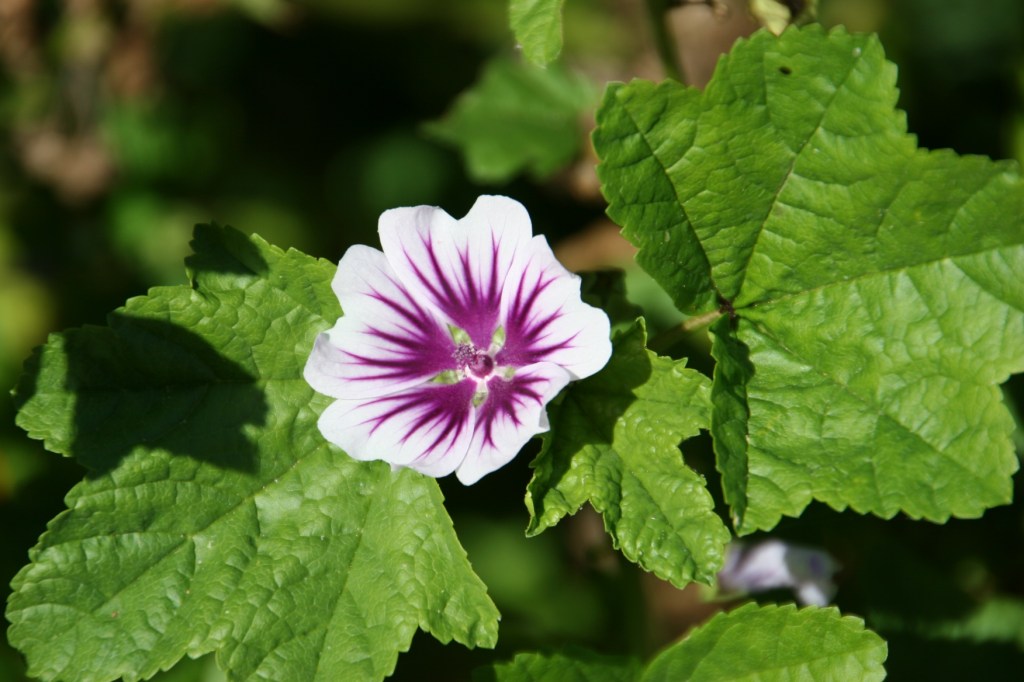
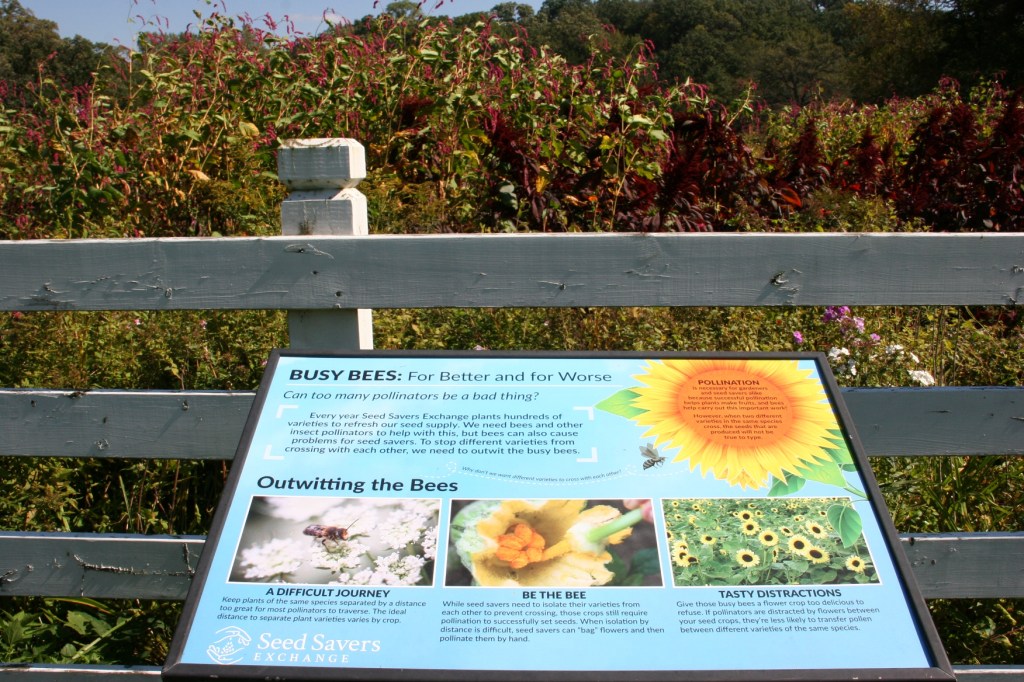

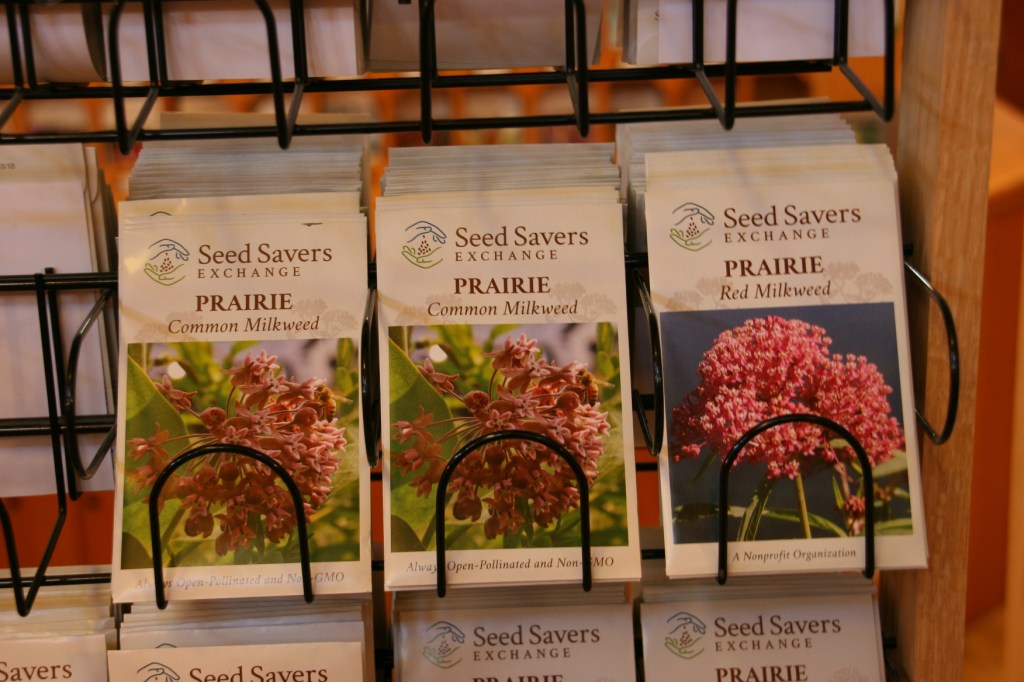

Recent Comments